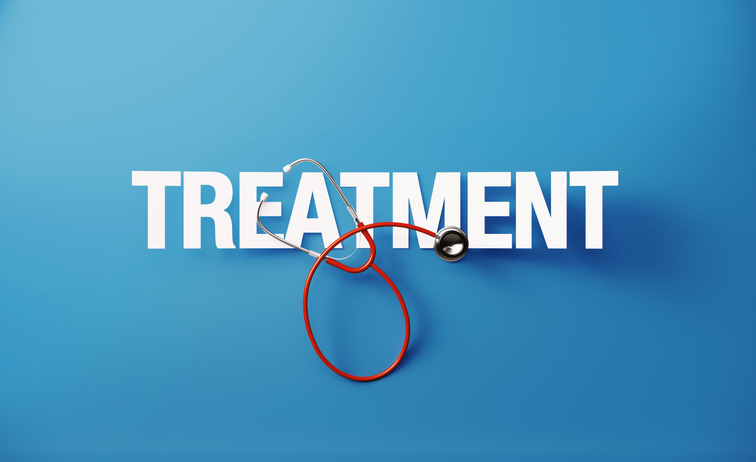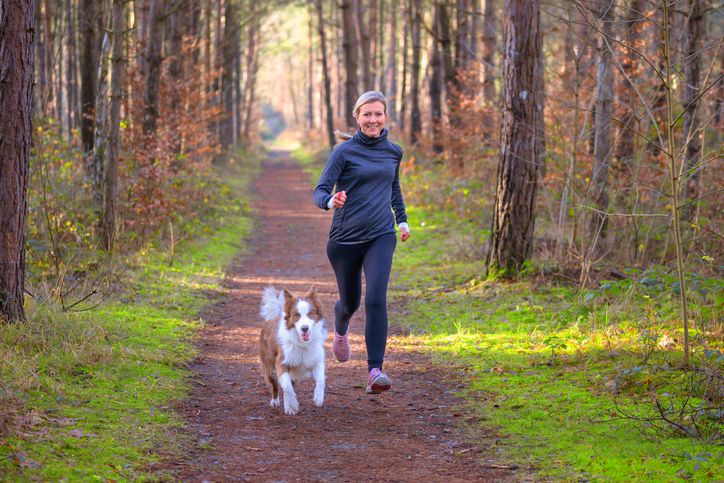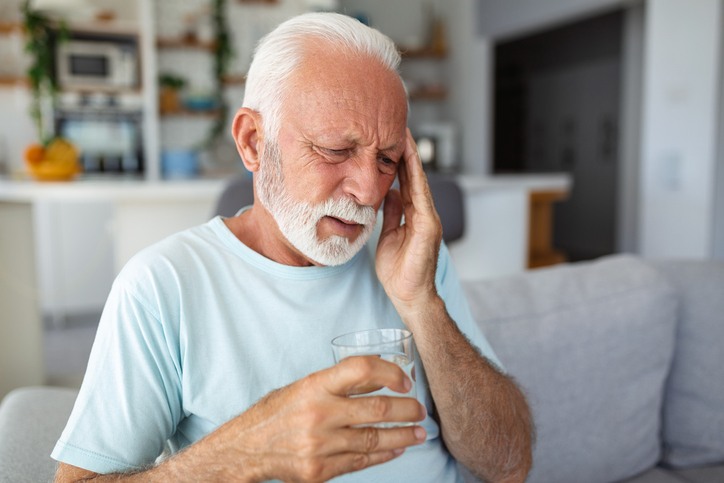
Postmenopausal women with high levels of social stress may be at risk for diminished bone mineral density (BMD), a new study has found.
“Previous research has established a relationship between psychosocial stressors and fractures. However, few studies have investigated bone loss as an intermediary in this relationship,” wrote the researchers, reporting in Epidemiology & Community Health. “This study investigates whether social stress is associated with bone loss during a 6-year period in postmenopausal women.”
The authors evaluated the Women’s Health Initiative (WHI), a prospective study combining clinical trials (CTs) and one observational study (OS). The WHI included 161,808 postmenopausal women (baseline age, 50–79 years) from 40 clinical centers across the United States between 1993 and 1998. The present study included about 7% of the original cohort (CT, n = 4,655; OS, n = 6,365). BMD was measured at the femoral neck, lumbar spine, and total hip using baseline and six-year follow-up DXA scans. Women provided social environment information through a baseline questionnaire that included questions pertaining to social strain, support, and functioning. Social strain was measured using a five-point scale, with a total possible score of 20—indicating the highest level of strain. Information regarding social support was collected using a questionnaire from the Medical Outcomes Study; possible scores ranged from nine to 45, with 45 being the highest level of social support and lowest level of psychosocial stress. Social functioning was measured using the RAND 36-Item Health Survey Quality of Life subscales; scores ranged from zero to 100, with higher scores indicating lower levels of psychosocial stress.
Social Function, Stress, Support Affect BMD
The final analysis included 8,271 women. Those with higher social strain tended to be younger, have a higher body mass index (BMI), and be a smoker, while women with lower levels of social strain were more likely to be educated and physically active. Compared to white and Asian women, black, Latina, and Native American women had a higher likelihood of social strain. Regarding bone-related changes, the researchers reported: “Participants reporting high social strain and low social functioning (ie, increased stress) had a significantly greater change in each BMD measurement compared with those reporting low stress (p<0.05).”
Women with high levels of social strain and low social functioning were more likely to have declining BMD at all measured areas, the researchers further found, and those with low levels of social support had poorer BMD outcomes in the femoral neck and total hip compared to women with greater social support levels.
When adjusting for variables—including age, race/ethnicity, CT arm, education, BMI, smoking, hormone therapy use, age at menopause, physical activity, fracture after age 55 years, and medications—the researchers observed that every one-point increase in social strain was “significantly associated” with an average 0.082% greater BMD loss at the femoral neck, 0.108% at the total hip, and 0.069% at the lumbar spine over the six-year follow-up period (P < 0.05). Women at the highest end of the social strain score—compared to those with the lowest levels of social strain—had an average 1.728% greater BMD loss at the total hip. Compared to women with a 100 social functioning score, those with the lowest social functioning levels had an average 0.9 % greater loss in BMD at the femoral neck and 0.8% at the total hip over six years (P < 0.05). “Each one point lower social support score was associated on average with 0.020% (95% CI 0.001 to 0.038) greater decrease in femoral neck BMD,” the researchers added.
“Understanding gender-specific psychosocial stressors contributing to morbidity will better inform unique risk factors among postmenopausal women,” the researchers wrote in their conclusion, closing their study by stating, “Taken together with prior evidence, the results support community-building social stress interventions in postmenopausal women to potentially limit bone loss.”







 © 2025 Mashup Media, LLC, a Formedics Property. All Rights Reserved.
© 2025 Mashup Media, LLC, a Formedics Property. All Rights Reserved.